Book of the Day Roundup: March 15-19, 2021
The Believer
Alien Encounters, Hard Science, and the Passion of John Mack
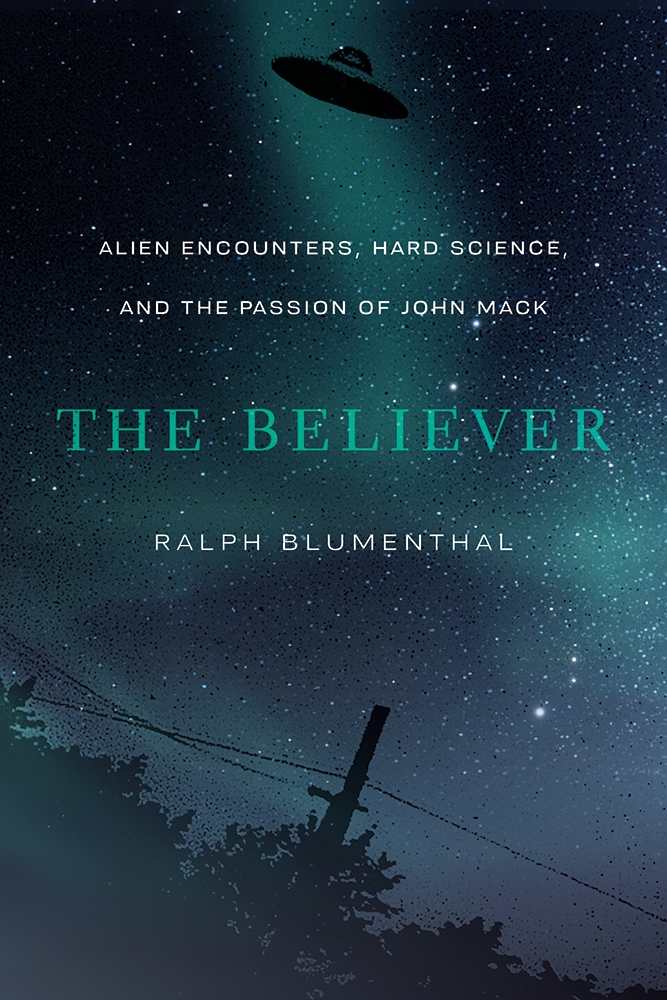
Ralph Blumenthal
High Road Books
Hardcover $29.95 (352pp)
978-0-8263-6231-5
The Believer is the expansive story of John E. Mack, a preeminent Harvard Medical School professor and psychiatrist whose exploration of alien abduction phenomena nearly destroyed his career and reputation.
Born in 1929 to wealthy German Jewish academics, Mack grew up in New York. His mother died when he was young; her loss caused a lifetime of abandonment trauma and inspired his interest in psychiatry. He entered Harvard in 1951 and later joined the faculty, founding the department of psychiatry at Cambridge Hospital.
In 1976, Mack published A Prince of Our Disorder, a Pulitzer Prize-winning biography of T. E. Lawrence (of Arabia); in the eighties, he became an antinuclear activist. He also turned to psychedelics and breathwork to assuage his psychological pain. Both opened him up to a range of psychospirituality, priming his belief in anomalous experiences.
In 1991, Mack met Budd Hopkins, a pioneering UFO abduction investigator. Hopkins explained his use of hypnotic regression to unlock the suppressed memories of “experiencers” of alien encounters. Mack was hooked. Within a year, he was counseling his own experiencers. He collected encounter stories that varied from benign abductions to the “forcible harvesting of…eggs and sperm for human-alien hybrid reproduction.”
Hard scientific proof was elusive, Mack acknowledged. He focused on the transpersonal, on experiencers’ authenticity and emotional intensity; he found that experiencers exhibited no psychopathology. But colleagues still derided him for “conclusion-jumping,” and Carl Sagan chided him with a quip: “extraordinary claims require extraordinary evidence.” Soon, Harvard came for a reckoning.
Based on fifteen years of research, interviews, and exclusive access to Mack’s archival material, The Believer is the story of a brilliant man whose breadth of interests generated a lifetime of achievements. Believers will appreciate the book’s extensive cosmic phenomena, and nonbelievers will find a unique chronicle of an unquenchable human spirit.
AMY O'LOUGHLIN (February 27, 2021)
Big Bad
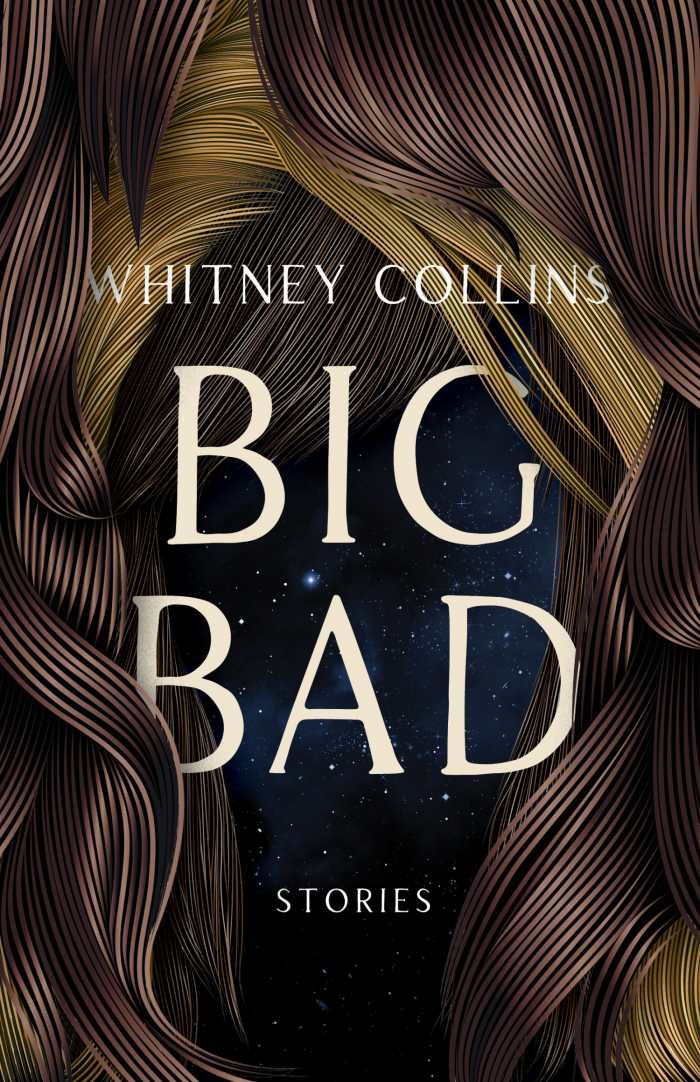
Whitney Collins
Sarabande Books
Softcover $16.95 (224pp)
978-1-946448-72-9
Buy: Local Bookstore (Bookshop)
Whitney Collins’s layered short story collection Big Bad concerns the dark impulses that lurk within.
In the ingenious cautionary tale “Big Bad,” a woman gives birth to progressively wiser iterations of herself. In the atmospheric noir story “Drawers,” brooding images evoke the melancholy of a recent widower; these are juxtaposed with the oddity of his hitting a horse during his reluctant drive to attend his grandson’s circumcision party. In “Sunday,” a teenage girl assumes a cynical attitude before deciding that her estranged father’s often criticized naïve optimism feels more fitting.
Hints of sexual frustration, prolonged heartache, and repressed emotion run throughout. They are seen in a teenage boy’s sexual awakening at summer camp; in a couple’s efforts to revive their marriage, which has gone sour; when a bully is haunted by his failure to be one of the good guys; and in a repairman who succumbs to a seedy hookup, comforted by the illusion of something nobler.
Playful titles that are imbued with double meanings are followed by startling openings that prompt questions from the audience. These lay the groundwork for clever metaphors, which in turn foster deeper insights. Elements of magical realism result in refreshing and hilarious angles on human foibles. Precise details help to convey the stories’ amusing, lingering themes.
Collins’s quirky characters wrestle with secret desires; they make irrational decisions that have long-lasting repercussions. Some entries highlight the moments that awaken fantasies and shatter illusions. Others center on characters’ struggles with hope and cynicism, illusions and realities. Some of Collins’s characters are inclined to nurse imaginary problems until they become real ones.
Not a word is wasted in Big Bad, an unusual and masterful collection of short stories.
WENDY HINMAN (February 27, 2021)
The Salt Fields
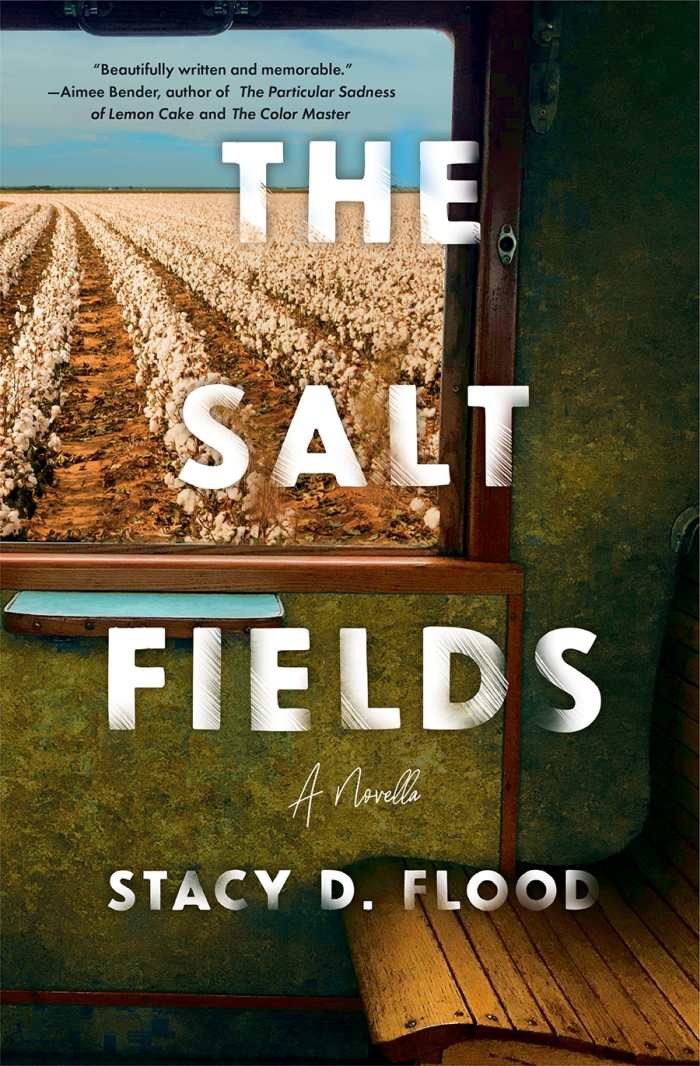
Stacy D. Flood
Lanternfish Press
Softcover $14.00 (128pp)
978-1-941360-49-1
Buy: Local Bookstore (Bookshop)
In Stacy D. Flood’s brooding historical novel The Salt Fields, a Black man migrates from the South and journeys inward toward reconciliation.
In 1947, Minister boards the Dawn Lightning to flee the Carolinas, where his ancestors were slaves, his wife was murdered, and his daughter drowned. Lanah and Divinion, a couple whose raw energy bristles against their outward refinement, and Carvall, a veteran, join him. With the train trip as a coiled, fascinating frame that branches to include character-defining stops in dreamlike locales that feel frozen in time, the travelers’ ideas about starting new lives in the North change. They are aware that there’s no escaping from the South, which is “nothing but a scar with some salt on it;” this becomes a poignant theme. Flood’s fertile descriptions of the passing scenery are weighted with history, including visions of lynching.
Minister’s intense impressions result in spare, charged dialogues with other passengers and dark, lingering puzzlement about their real intentions. Minister, who at first tries to stay out of the others’ circles, is drawn in by light-skinned Lanah’s confident allure. While revealing little about himself, he discovers that Lanah has bigger, secretive plans; Divinion hails from a lucky background; and Carvall, for all of his friendliness, is traumatized by an incident from the war. When Divinion’s cavalier selfishness almost causes harm, mistrust simmers.
Later, in old age, Minister looks back on his own story, and on his travels by train, to discern that the world can, and does, survive everyone. In the ambiguous conclusion that hints at resignation and freedom, Minister’s tragic experiences and deliberate separateness fold into a thought-provoking meditation about endurance.
Immersive because of its singular point-of-view and laced with astute observations about people, The Salt Fields is a bewitching, dangerous, and atmospheric novel.
KAREN RIGBY (February 27, 2021)
Wild Women and the Blues
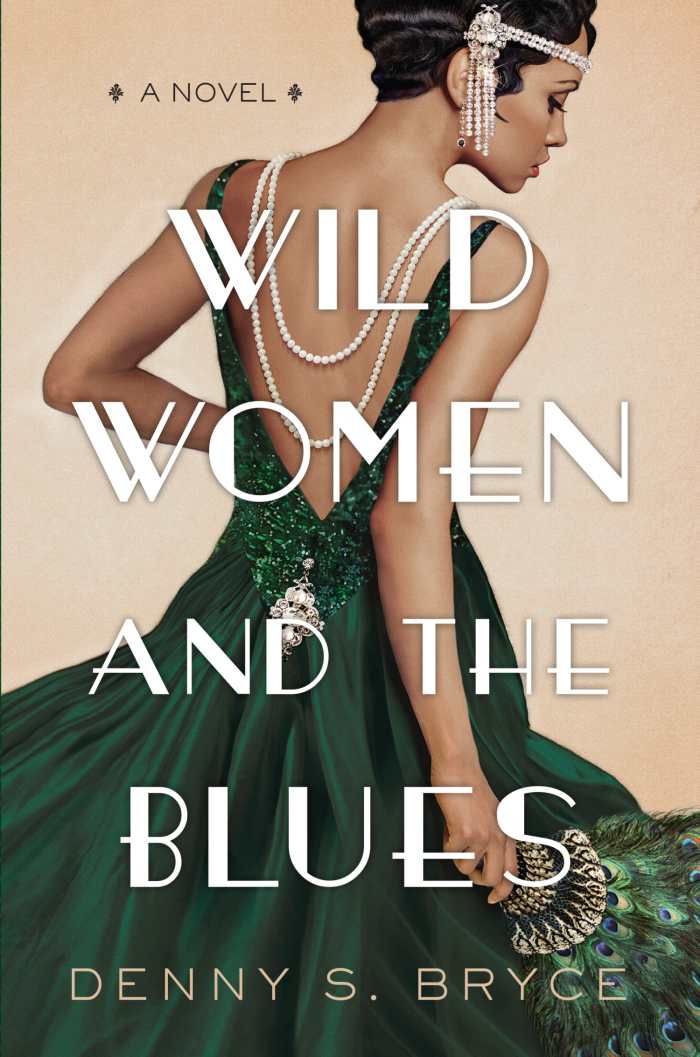
Denny S. Bryce
Kensington Books
Softcover $15.95 (384pp)
978-1-4967-3008-4
Buy: Local Bookstore (Bookshop)
Immersive and exciting, Denny S. Bryce’s novel Wild Women and the Blues is set between Chicago’s 1920s jazz scene and a film student’s present.
In the 1920s, nineteen-year-old Honoree dances as a chorus girl in a speakeasy. She’s a far cry from where she wishes to be, though, so she jumps at the chance to audition at a deluxe nightclub. She nabs the job. While the city holds promises of success for her, it has a darker underbelly, and is run by ruthless racketeers and gangsters. In 2015, while working on a film project, Sawyer uncovers unsettling truths after interviewing now elderly Honoree.
The novel is brilliant at blending significant themes, including of racism, poverty, and criminality. The status of Black people in the Roaring Twenties, and in Sawyer’s time, is covered, as is the limiting nature of depression. But this is also an entertaining story. It involves a murder mystery after a Black man is killed in a chilling manner; it includes a shifty romance between Honoree and a childhood friend.
Honoree is intriguing. Ambitious and strong-willed despite her difficult childhood, she is determined to achieve success. She draws inspiration from Josephine Baker and Florence Mills; despite her tough exterior, she is devoted to those she considers friends. She surrounds herself with memorable people, including Ezekiel, her enigmatic, loyal love interest. Exhilarating performance scenes honor the sights and sounds of 1920s Chicago, as do Honoree’s exciting encounters with artistic notables, including Louis Armstrong and Oscar Micheaux.
A film student proves to be a persistent researcher, though his work forces him to face his own pain, in Wild Women and the Blues, a vibrant novel that gathers elements of Chicago’s jazz past together.
EDITH WAIRIMU (February 27, 2021)
Princes of the Renaissance
The Hidden Power Behind an Artistic Revolution
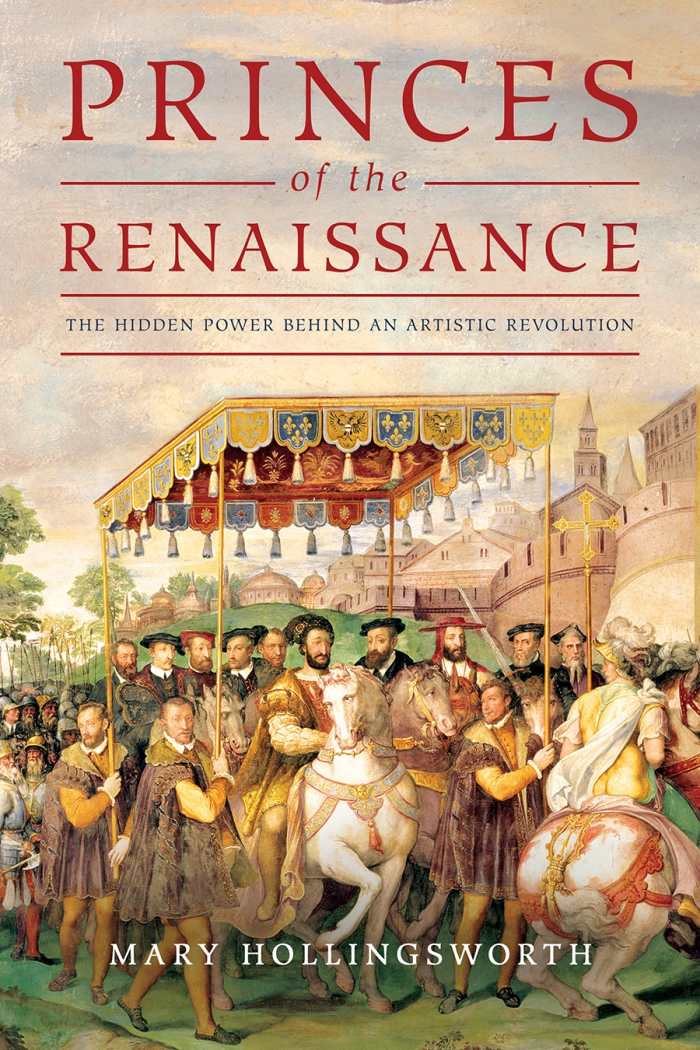
Mary Hollingsworth
Pegasus Books
Hardcover $35.00 (504pp)
978-1-64313-546-5
Buy: Local Bookstore (Bookshop)
Mary Hollingsworth’s Princes of the Renaissance is a revealing account of the city-state dynasties that created unimaginable wealth, cut-throat competitions, and lavish displays of patronage, resulting in some of the Western world’s most sublime art.
Addressing the panoply of the Italian Renaissance, including its ambitions, betrayals, and the breadth of its material culture, the book reveals a dangerous competition for power through which ostentatious displays of wealth became the coin of the realm. The patronage system supported workshops, sculptors, and glass blowers—thousands of artists who created works to emphasize a patron’s power, wealth, and discernment.
Intricate details and juicy tidbits reveal the era’s personalities, including Cosimo I de’ Medici (a snob whose family’s mercantile origins fueled resentment for the D’Estes family) and Isabella Gonzaga, who maintained her own studio of artists and craftsmen. It was a time when women one-upped each other with jewels, musical talents, and social dexterity to cover infinite power plays; a period marked by wealthy business and religious power brokers (including Pope Paul III, who commissioned a Titian portrait of himself to advertise his prominence).
Insightful details, such as that medieval tapestries remained popular because wealthy travelers required ostentatious caravans, and tapestries were easy to transport, reveal how life was lived. And beneath these accounts of wealth exist a group of rivals whose power-motivated intermarriages became so dense that strengthening one alliance started wars with others. There’s a welter of similar names, titles, and relationships involved; a background in Renaissance history is helpful, but not essential. The book’s full-color photographs of artworks and architecture are an added treat.
Princes of the Renaissance is a significant addition to Renaissance studies, and a delicious deep dive for those fascinated by the era.
SUSAN WAGGONER (February 27, 2021)
Barbara Hodge
